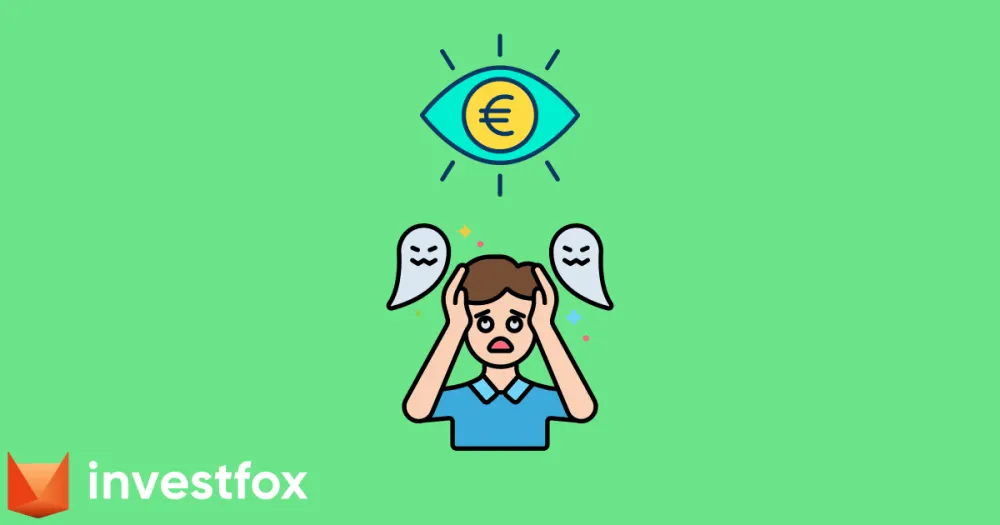Our partner, XM, lets you access a free demo account to apply your knowledge.
No hidden costs, no tricks.

Trading can be a mentally tasking process that involves a lot of research and fast-paced decision making. Traders can often second guess themselves right after placing orders, which can affect their mental state and stress levels.
Oftentimes, fear and uncertainty set in when the market is showcasing high levels of volatility, which makes market participants more anxious and prone to either risk-averse, or reckless behavior.
This phenomenon is often abbreviated as FUD, or fear, uncertainty, and doubt. FUD can be caused inorganically on the market, with the release of misleading or negative information.
The goal of spreading FUD is often to manipulate market sentiment and influence the price of a financial instrument, such as a stock or cryptocurrency.
Traders and investors need to be aware of FUD and critically evaluate information to make informed decisions rather than reacting impulsively to fear-inducing messages.
Managing your reaction to FUD is a key part of a successful trading career and can play a large role in determining your returns.
If you are a beginner trader and would like to know more about what FUD is and how to avoid it in trading, this investfox guide is for you.
FUD can be caused by a wide range of factors. Most notably, a major respected publication might signal bearish sentiment on the market, which can spook investors and lead to a short-term sell-off. However, such occurrences usually do not last long and the market quickly rebounds.
For more long-term FUD, FOMC meetings and Federal Reserve’s guidance can be a more potent source of fear on the market. For instance, if most investors are expecting a recession, this may become a self-fulfilling prophecy, as equity prices fall and the market underperforms.
Recognizing and understanding the impact of FUD on market sentiment is an essential aspect of risk management in the financial markets.
To avoid being affected by FUD, it is important to keep track of macroeconomic trends and avoid reacting to eye catching headlines.
A rising volatility on the market should be seen as an opportunity, rather than a threat.
One effective way to measure FUD on the market is by using the Fear and Greed Index. For example, the Crypto Fear and Greed Index measures market sentiment on a scale of 0 to 100.
Values closer to 0 show extreme fear and dovish sentiment, while values closer to 100 show greed and extremely risky behavior.

The index is calculated using a variety of factors, including market volatility, trading volume, social media activity, surveys, and more.
It aims to gauge whether the market participants are feeling excessively fearful or greedy, which can be helpful for traders and investors to make informed decisions.
The idea is that when the market is extremely fearful, it might be a sign that prices have fallen too much and could be due for a rebound. Conversely, when the market is overly greedy, it might suggest that prices are overvalued and could be due for a correction.
It's important to note that while the Crypto Fear and Greed Index can provide insights into market sentiment, it should not be used as the sole factor for making trading decisions.
Our partner, XM, lets you access a free demo account to apply your knowledge.
No hidden costs, no tricks.
To avoid FUD in trading, stay informed from reliable sources, verify information before reacting, and base decisions on thorough analysis. Develop a disciplined trading strategy, focus on fundamentals, and ignore sensationalized or unverified news that may contribute to irrational market sentiments.
While there isn't a precise metric for FUD, sentiment indicators, social media analysis, and market volatility can offer insights into prevailing fear, uncertainty, and doubt. Traders often use these indicators to gauge market sentiment and potential reactions.
The Fear and Greed Index can also be a useful indicator of market sentiment.
When traders experience FUD, they may make impulsive decisions, such as panic selling or avoiding investments. This can lead to increased market volatility, price fluctuations, and may impact overall market stability as emotions drive short-term reactions.